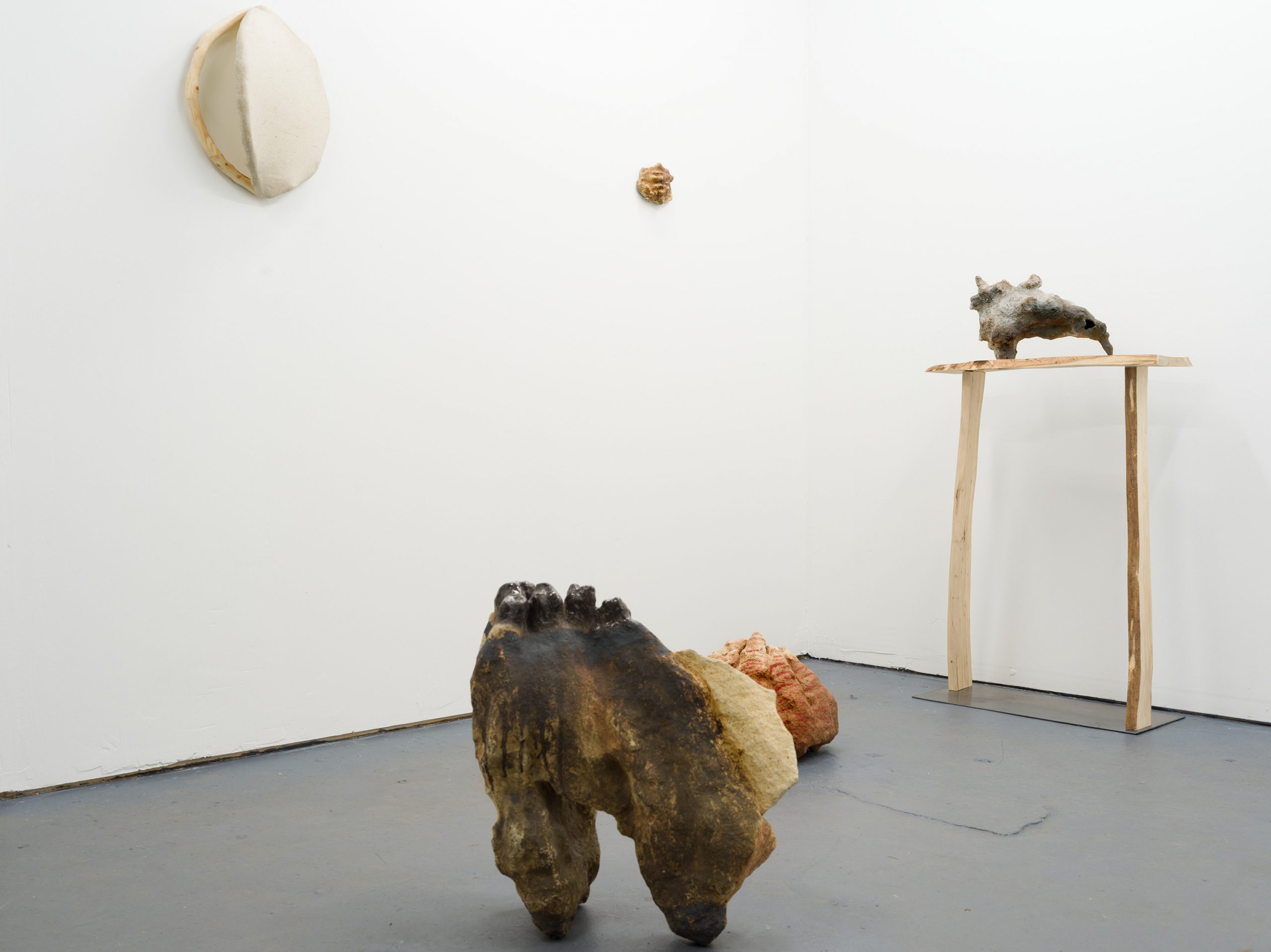Meet Fengzee Yang | Artist

We had the good fortune of connecting with Fengzee Yang and we’ve shared our conversation below.
Hi Fengzee, what inspires you?
My work depicts how memory acts as an archetype within human experience. Born and raised in China and moved to the U.S. when I was 15, my nomadic background and the migration experience from a young age inspire themes of dislocation and search for identity in my work. This personal journey is reflected in my art as I explore concepts of home, belonging, and alienation. Coping with my foreign identity makes me gradually develop my relationship with alienation and makes me interested in thinking about the origin of things. I believe that our memories make up our identity. There are two types of memories: memories embedded in our brains from our past experiences; and memories stored in our body, which is the memory of evolution. Memories here function as bridges connecting our individuality and the natural world. In my work, I use a lot of organic shapes to honor this broad connection between myself and the world. I hope my work can evoke this collective subconsciousness that is buried in us deep down. It carries traces of me across different times and reminds me that my presence echoes through history. I use my work to represent memory and treasure that infiltrate the history of my personal growth. It is also a portal that allows me to travel the fragments of my identities that are vanishing over time.
Let’s talk shop? Tell us more about your career, what can you share with our community?
I carry myself deeply into my work. It’s a process of deconstructing myself and then reassembling it together. It incorporates self-revealing with gestures of my hand. I’m having dialogues with myself and the materials in my hand. Amongst all the materials I use, I love using clay the most because it has such a rich history and it’s very time-based in its history and process. It takes 2000 years for clay to form, and the building of it is very engaging. It’s like a tango. I’m required to ask the clay’s permission for what I want to build. sometimes I got a yes and sometimes no, and sometimes we improvise together. Then it will become a fire dance. I like to honor this process by using raw materials. Instead of using a full recipe of glaze, I like to use materials individually, like oxides, clay, and wood ash. That’s how I create the raw, earthen, rustic surface on my sculptures. Once the clay gets fired, it stays permanent. The idea of permanence is scary to me because it leads to a time beyond comprehension. It is endless. My presence is just a tiny dust in this spectrum compared to them.
Let’s say your best friend was visiting the area and you wanted to show them the best time ever. Where would you take them? Give us a little itinerary – say it was a week long trip, where would you eat, drink, visit, hang out, etc.
I live in Rogers Park in Chicago, which is two blocks away from the beach of Lake Michigan. I always go for a walk when the day is clear and the lake shines majestic blue under the sky. It feels like an ocean! There are many museums that are worth going to, especially the Art Institute of Chicago. I spent so much time there when I was an art student.
Who else deserves some credit and recognition?
Recently I’ve read the book “Jung on Art: The Autonomy of the Creative Drive” by Tjeu van den Berk. This book deeply resonates with my artistic concept, particularly in how I explore themes of identity, memory, and the universal human experience. Jung believed that art is a manifestation of the collective unconscious, expressing archetypal images and shared human experiences. It also discusses how the act of creating can be a form of meditation and a way to access deeper layers of self. This makes me think of the symbols I use in my work, like empty hooks, drawers, bells, and cradles, which tap into deep-seated emotions of loss, identity, and nostalgia, and can be seen as bringing these universal archetypes into physical form. It also discusses hidden memories, which are the memories that you forget, but it will resurface in a way that you cannot recognize. I related to this concept with my art because sometimes I think of my art as a hidden memory resurfacing. I found that things hiding inside started to resurface during this process.
Website: fengzeeyang.com
Instagram: @kfvkq
Image Credits
photo by Maximiliano Cervantes Harlingen
